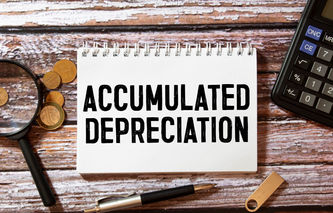Definition
The financial accounting term cost of buildings refers to the asset valuation method that applies to buildings appearing on a company's balance sheet. The cost of buildings would include all expenses associated with the acquisition or construction of the building to ready it for use by the company.
Explanation
As is the case with land, companies acquire and construct buildings for several reasons. They can be purchased for speculative purposes, in which case they are considered an investment. Typically, a building is used by the company and is part of property, plant, and equipment.
The cost of buildings appearing on the balance sheet would include:
Purchase Price: includes the price paid to the seller for the structure.
Closing Costs: includes professional fees paid to attorneys, agencies conducting title searches, title insurance, survey costs, as well as fees paid to government entities to register the sale.
Construction Costs: includes materials, labor, and overhead costs associated with the construction of the building.
Fees: includes construction permits, architectural, and engineering design services.
Generally, the cost of a new building starts with the excavation of land to receive the new structure. The cost of demolishing and removing an existing structure from the property, as well as the cost of grading and the clearing of trees, is classified as the cost of land.
Buildings are carried on the balance sheet at historical / original cost and are reduced by the contra asset accumulated depreciation to arrive at net book value. The sale of an asset can result in a gain or loss, which is calculated as the net book value minus the sale price. Gains or loss on the sale of buildings are recorded on the income statement.






